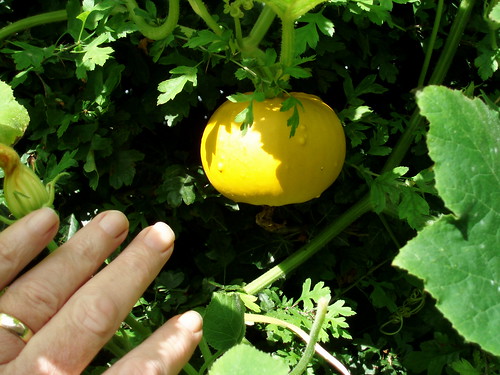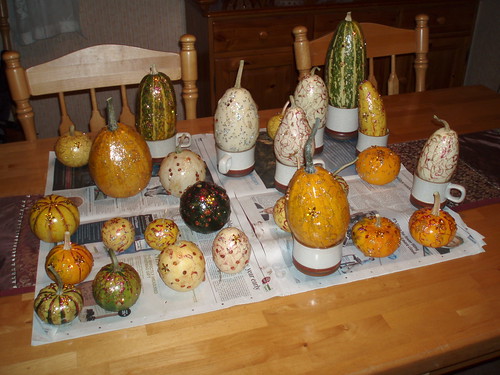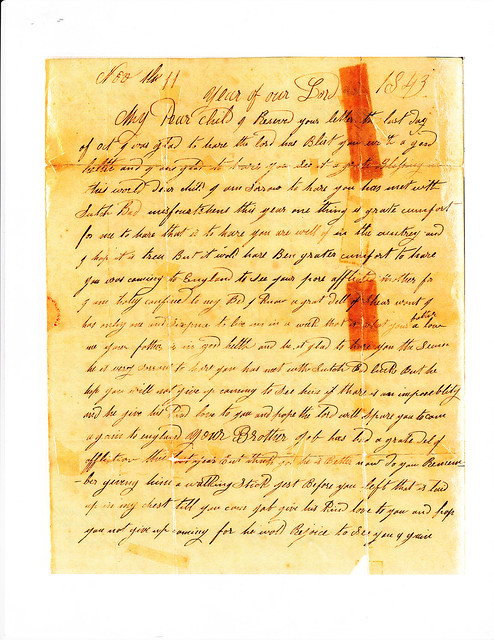 |
| Tom with video camera |
They have just managed to get a place in Brussels, a one-bedroomed flat at about €1,300 per month, after a couple of others fell through and they’re trying to find someone to rent their place in Highgate.
Tom has resigned his job with Associated Press and has bought some cameras so that he can try to develop a freelance business from Brussels. He’s had a few bits and pieces already, including a shoot for MCN and some days/weeks later this year with AP (in mainland Europe and London), so that’s a pretty good start. He also said he’d been offered two weeks on an oil rig off Thailand but I am not sure if he said he accepted that one.
We had arranged a farewell dinner in Highgate on Sunday. Max and Inna came up from Balham and Sam and Lucy (just back from holiday in Crete) also joined us. Sadly, Tom returned from his MCN job (photographing a chap - Faz - learning to ride the wall of death) not feeling at all well. He set off to the pub with us, but after a short way, he was feeling so bad he had to return home,so we had only one half (the Hannah half) of the send-off party to send off.
It’s a long time since I changed my job, but it is stressful. I tend not to worry about work too much these days (I’m only a year or so from retirement after all), but I remember when I joined Central Press, I got really bad flu,a really weird illness. I couldn’t do anything over Christmas (I was due to start in January), had a really bad throat, could hardly move and then all the skin fell off my hands. I was like a snake shedding my skin.
I’m sure that was due to stress, but thankfully, Tom doesn’t seem quite that ill, “just” a rotten cold and bad chest.
We went to the Victoria for a meal and everyone enjoyed it. Well, everyone except me. I thought the French onion soup was really bland, the beef extremely rare and extremely tough with roast potatoes that had to be soaked in gravy to soften the skin before they could be cut. Their big chance to save the day - sticky toffee pudding - turned out to be slightly rubbery. Still, it was good to see (almost) everyone and perhaps my enjoyment was tempered by having to drink diet cola because I was driving home. Margaret loved her dinner - she’s been on a low oxalate diet to try to improve her FMS condition and had given herself the night off. She was looking forward to eating some potatoes.
It was pouring down all afternoon, starting pretty much as soon as we’d got back from our morning walk and I’d come prepared with brimmed hat and Barbour coat. There was no wind and the rain was falling heavily, steadily and pretty much straight down.
On the way back Inna tripped and twisted her ankle (which she’s done a few times before, including the trampoline at Spaldings Farm, apparently). She had to have a few minutes to compose herself before limping on to get the tube home. Sam and Lucy spurned the offer of my spare Oyster card and got a taxi home from the pub. Sam is always talking about getting a bus here and a bus there, but Tom says he really just orders taxis - still the GTC!
Our journey home was pretty good. There was little traffic and so we were home about 11.20 and the rain eased further north.
I’ve spent a lot of time at Tom and Hannah’s since they’ve been in London, it’s been a regular stop-over and bike-watching venue. I’ll miss seeing Tom so regularly, but the move represents a really good career step for Hannah, who has done exceptionally well, and I have a few trips to Brussels to look forward to, including the 200th anniversary of the Battle of Waterloo in 2015.












